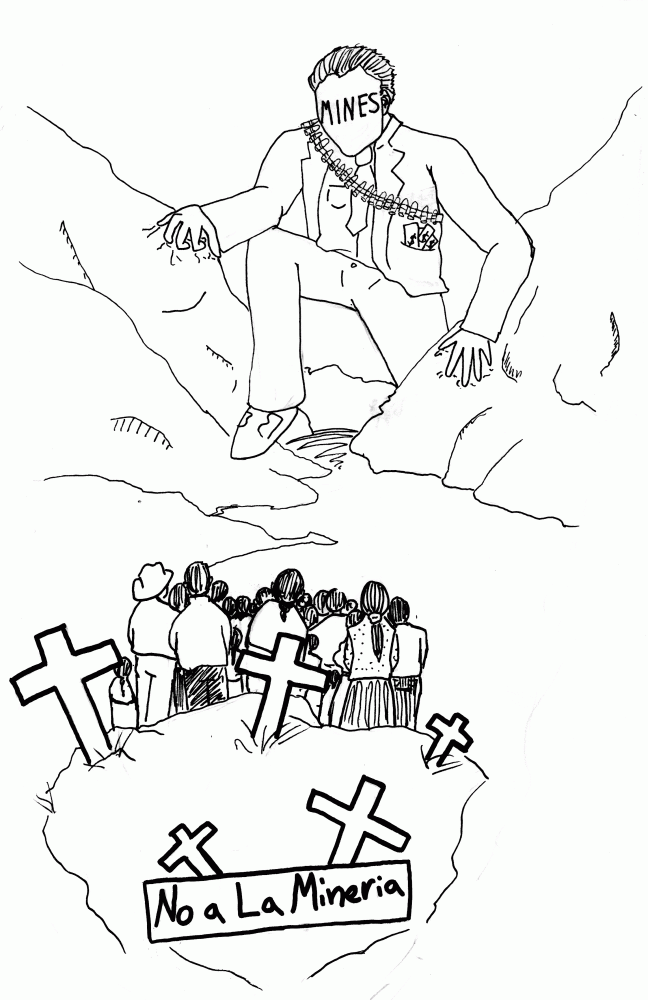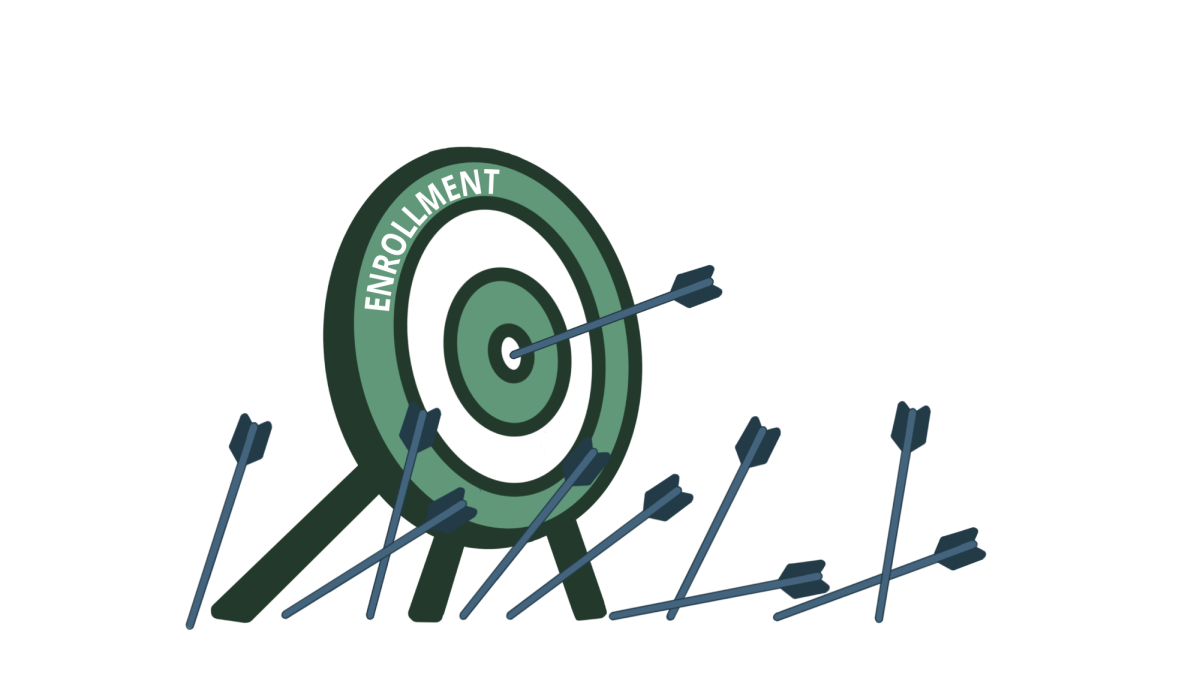Guatemala’s Las Trojes II Mine
April 20, 2011
“No a La Mineria” or “No to the mine.”
In theory, this large development project — a cement mine financed by Guatemalan and Swiss companies — should provide jobs and money to the Guatemalan people. To the people of Las Trojes II, however, international development means imprisonment, intimidation and contamination of water and food sources.
While Las Trojes II lies thousands of miles from DC and is just one small dot on a map, the town’s story matters to us. Hundreds of AU students study international development and hope to become leaders and contributors to the field. The community members of Las Trojes II are calling out to them for help.
This January, I was fortunate to travel to the community with a group of AU students on an alternative break trip. As part of the trip, we expected to meet with just a few community leaders to hear their perspectives on the effects of the mining project, but were stunned to see the entire community greet us instead; more than 100 mothers, daughters, sons and grandfathers surrounded us to share their testimonies through tears and frustration.
We learned that prior to the commencement of the mining project, the community was self-sustaining. People had been growing their own fruits for centuries and had access to clean, fresh water. In our eyes, they were living in poverty, but to them, living in peace on their own land was enough.
When the mining project began, however, their lives changed rapidly. Intimidation tactics began as soon as the community started organizing in opposition to the project, which was rapidly destroying the town’s land and compromising its water supply. Community members were jailed and beaten in the company’s attempts to silence them.
The Guatemalan government has done little to support or protect the community, which remains in opposition to the project and is now looking to the international community for help and recognition. After hearing about the community’s heartbreaking situation, we knew that more than anything, their story must be told so that communities like theirs can avoid suffering the abuses of misguided development projects. We left with an overwhelming sense of responsibility.
This community’s story is a revealing example of the gap between the ideals of international development and what it actually means for those living on the ground. Unfortunately, it is often too easy for multinational companies to disregard the rights of people and get away with it, especially when companies operate in countries like Guatemala, where impunity rates are as high as 99 percent. While development projects such as the Las Trojes II mine are designed to further develop the country’s infrastructure, they often become the catalysts of repression, violence and — in extreme cases — death.
Some AU professors are attempting to highlight the perils of such development projects. Professor Maria Clark, an adjunct professor specializing in international development, said she attempts to teach her students about the complexities of international development. According to Clark, unless governments have adopted guidelines of good practice, there is little communities can do to stop oppression and intimidation at the hands of foreign companies. Recognizing an even grimmer point, Clark said governments today are especially eager to demand minerals and to initiate mining projects. As long as development guidelines continue to be disrespected, human rights violations will increase.
Real international development takes experience in the field. Learning how to improve broken communities takes more than reading case studies in a textbook. AU students who hope to change the world need to take advantage of the opportunity to look at international development practices through the eyes of communities like Las Trojes II. Only then can we begin to help communities that desperately seek recognition.
Illustration by Margaret Hayford.



